Now a days, we have so many documents and files floatin’ around everywhere. Many users have portable USB’s to store, move, and organize those files so it’s easy to pick up from where they left off on any computer. But are there other ways to keep your digital content organized? Besides, what happens when you lose that USB?
Recently, what’s known as ‘cloud storage’ is the popular thing. You have probably heard of Google Docs, or iCloud. These services offer an alternative way to store, organize, and access all your digital content. With a connection to the internet, cloud storage allows a user to access their content on any computer anywhere in the world, without the USB. So what is the cloud?
Cloud storage allows users to upload content from one computer onto a remote database so that those files can later be accessed from any other device. Using services like these are simple, intuitive, and automatic. You just upload or download your content and you’re done.
There are some limitations, as you might expect. There are limitations between different cloud services such as Google Docs and iCloud. There are also general limitations to the kind of content you can upload. In some cases, your traditional USB flash drive or external hard drive is your best bet. For example, if you are working on video project and are working with large video files, cloud storage can get sticky. Opt to use external hard drives and flash drives in these kinds of situations.
But what about Microsoft Word or Pages documents? Excel sheets, Keynote or PowerPoint projects? These are the kinds of documents we use every day and are easily supported with a cloud service. I’ll walk you through two of the most popular cloud services: Google Docs and iCloud.
Google Docs
To use the Google Docs cloud storage service, you’ll need to make a Gmail account. Once you have signed in, go to google.com. At the top of the page you’ll see a long black header with various options, one of them saying ‘Documents’:
Below is what Google Docs looks like one you’ve logged in. This is a list of the files I’ve stored and saved in my Google Doc ‘cloud’. The red icon is a PowerPoint, the blue icon is a document, and the green icon, an excel sheet. The ‘P’ is also a PowerPoint, but I’ll get to that in a moment.
On the left side, you’ll see the red-orange ‘create’ button, as well as an upload button, which looks like a little hard drive with an up-arrow going through it. With ‘create’, you can start making PowerPoints, Documents, and Excel sheets right inside the browser. This feature is pretty helpful if you don’t have Microsoft Office or iWorks. Your control is partially restricted, however, but not by much.
The upload button allows you upload and save any file right into Google Docs from your computer. The downside here is that Google will reformat and convert your document into a format it can use, and this can get somewhat messy and confusing. You can, however, choose to not allow the conversion, and just save the file. This is what the uppercase ‘P’ is about. You won’t be able to modify it, but it is readable.
Google Docs is great for collaborative document sharing. If you look carefully, you’ll notice the word ‘Shared’ next to several of the documents. That means I have classmates and friends I’ve given access to make changes to that document. In fact, if you are online with the other users, you can edit the document simultaneously. It even comes with built-in chat.
Finally, what makes Google Docs a cloud service is that you can download your saved files to any other computer. With Google Docs, files downloaded into Microsoft Office are generally formatted cleanly and accurately. To do this, go to File > Download as, inside your document and select your desired format. I’ve opened up one of my Word documents to give you an example:
So that’s Google Docs. It stores all your work to a ‘cloud’ that can later be accessed from any other computer. It has a fairly straight-forward and intuitive interface, and gets the job done. Also, all Microsoft Office formats are supported. Google Docs is great for multi-platform users, be it Linux, Mac, or PC.
iCloud
iCloud is Apple’s version of the cloud service. In many ways, it is also the most intuitive, automatic, and encompassing cloud service. Yet there are some hefty downsides if you’re not a fluent Apple user.
As with other cloud services, you’ll need a login. iCloud uses your Apple ID ¬– the ID you would use to sign in to iTunes. Apple users love their iCloud service whether they know it or not. Apart from handling all the iWork files, (these include Keynote, Pages, and Numbers – Apple’s equivalents to PowerPoint, Word, and Excel, respectively), iCloud also stores and remembers contacts, calendars, e-mail, Safari bookmarks, any photo you’ve taken, as well as any song, app, or video you have ever downloaded from iTunes or the App Store, on all Apple devices. This is a whole other dimension, so I won’t spent time on it here.
Now you don’t need an iTouch, iPhone, iPad, or even a Mac computer to use this service. But, if you have any of these devices, and they are running the latest software, you’re in for some perks.
So how do you get to iCloud? We’ll once you have an Apple ID, go to your browser and type in iCloud.com. A box will open up to type in your ID and password and then you’ll get a screen that looks like this:
If you have ever used an Apple product, the interface will seem familiar. You’ll notice I am signed in at the top right. These five icons designate the services accessible with iCloud.com. I could go into each of these icons, but I want to focus on the one to the far right, iWork. Selecting that icon will bring you here:
At the top are the Keynote, Pages, and Numbers headers. Under each of the options are where your files are stored. On the far right is a little button that looks like a gear. Selecting it will allow you to upload, download, sort, and delete files. Alternatively, you can simply drag a file from your desktop right into the browser window, and iCloud will take care of the rest.
Selecting an actual document won’t open it, but will allow you to choose an option to download the file in one of the given formats. Here’s an example:
Unlike Google Docs, you won’t be able to work on any of these files in the browser. You will need to first download the file, then open it on your computer. The tradeoff is that iCloud will always retain the format you originally uploaded the file in. In the example below, “My Powerpoint” is saved in it’s original file format, a PowerPoint represented by the large ‘P’, whereas the presentation “Louis Armstrong” has been uploaded as a Keynote document. iCloud won’t reformat your work:
While there are minor differences between these two cloud services, the overall structure is pretty similar. The largest consideration you should understand is that iCloud favors Mac-based products, just as Google favors Microsoft-based software. This difference won’t always be a problem, but it is important to keep in mind. Be prepared to see formatting changes in either instance.
As of right now, there are still many aspects of cloud services that fall short. In certain cases, the good ol’ reliable USB flash-drive still holds true. But if you’re looking for an alternative, ultra-accessible, intuitive format that stores your files – all without a physical device – consider trying a cloud-based storage service. Besides, they’re free.
On a final note, the biggest advantage iCloud has over other cloud storage services is the automatic sync with what’s called wireless pushing. This means that if you are using other Apple devices such as the iPad or iPhone, or a Mac computer, anything you upload or change on iCloud.com, will show up on your device, and the other way around. For example, if I am typing a document, modifying my calendar, or writing emails on an iPad, each time I save my progress, the changes are automatically pushed to the iCloud server. Additionally, each time I do any of these things through iCloud.com, it will automatically push the changes to my Apple devices. In this way, iCloud remembers your most recent progress everywhere. So if your device ever falls into a river or gets hit by baseball bat, your data is stored somewhere safe.


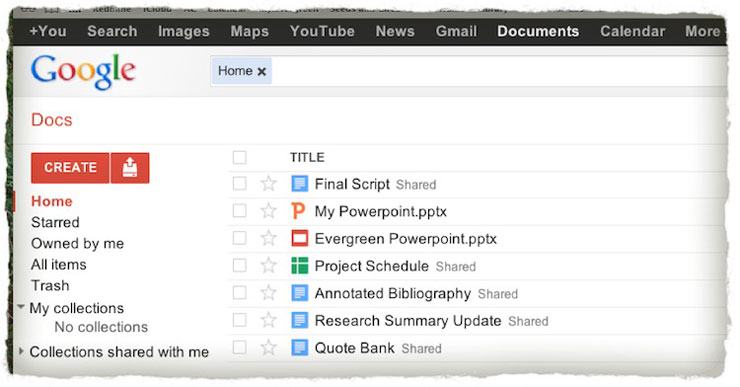
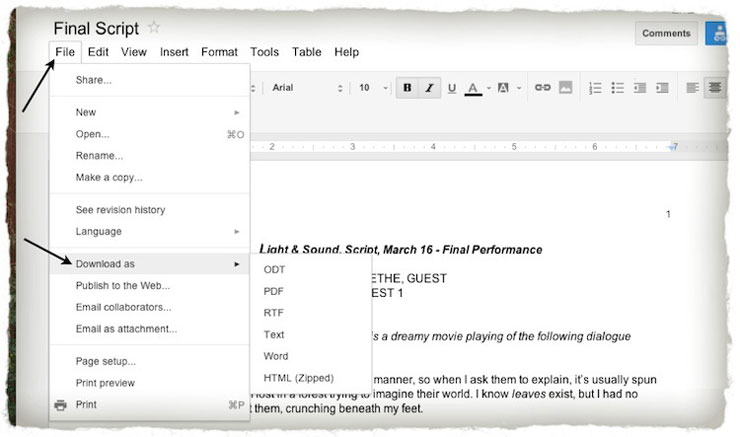
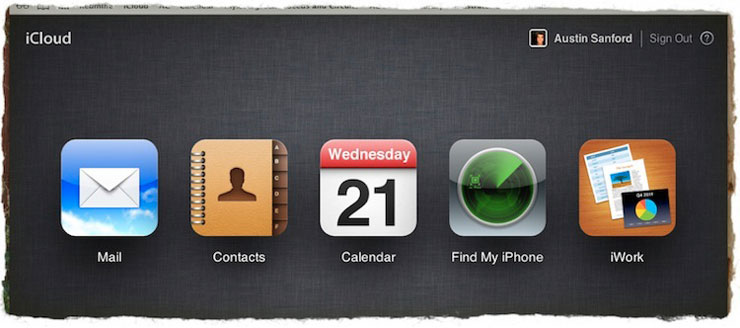
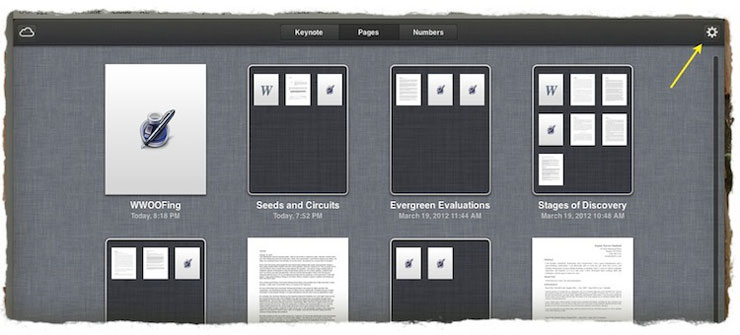
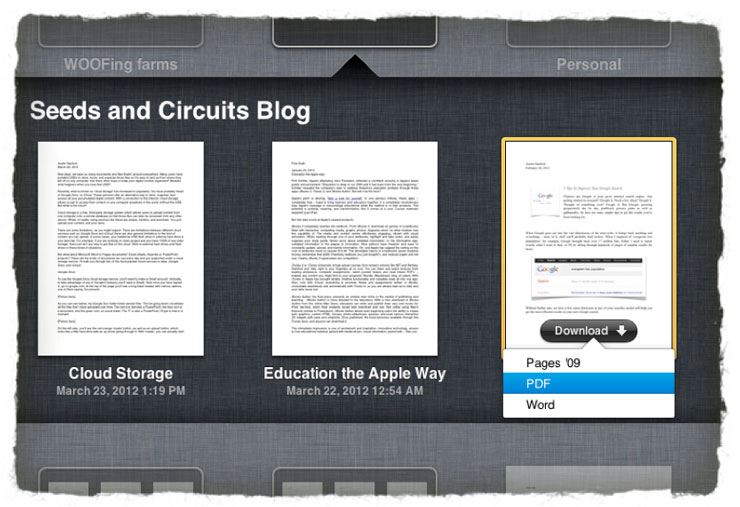
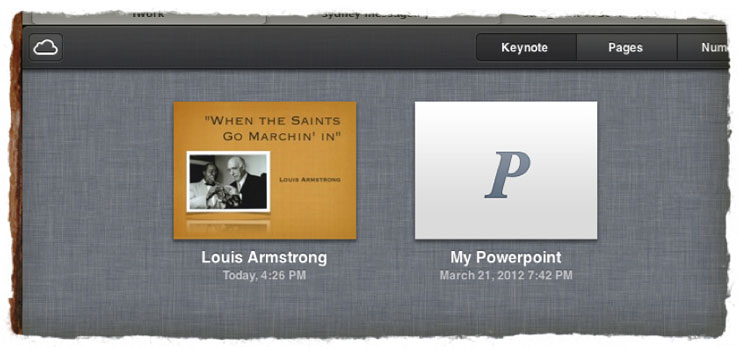
Comments are closed.